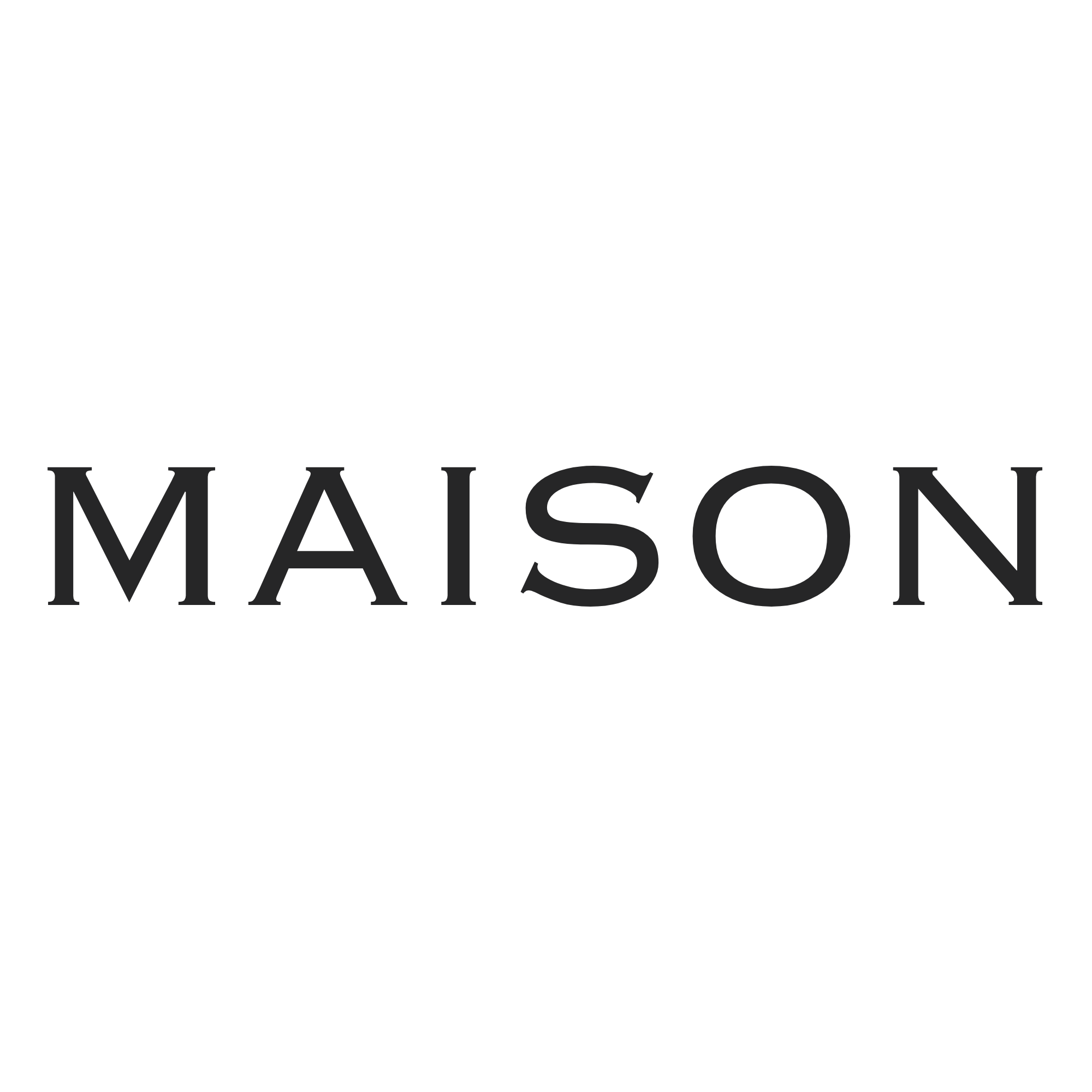Unveiling New Dimensions of Mythical Characters in Contemporary Media
1. From Reimagination to Reinvention: The Next Phase of Mythical Characters in Media
Building upon the foundational understanding provided in How Modern Stories Reimagine Mythical Characters, contemporary media has advanced the portrayal of mythical figures from mere reimaginings to complete reinventions. While reimagining involves subtle updates that preserve core traits, reinvention demands a radical overhaul, often transforming familiar heroes into complex, multidimensional entities. For example, the character of Thor in Marvel’s cinematic universe has evolved from the traditional Norse myth to a deeply personal, morally ambiguous hero navigating modern themes of identity and power.
Digital platforms such as streaming services and interactive media facilitate these shifts by allowing creators to experiment with narrative structures, character backstories, and visual styles. Moreover, audience participation—through social media, fan fiction, and crowdfunding—actively influences how these characters develop, blurring the line between creator and consumer. This participatory culture ensures that mythic characters are no longer static icons but living entities that adapt to societal changes and viewer expectations.
- Cultural Hybridity and Mythical Characters: Blending Traditions in Modern Media
- Psychological Depth and Modern Mythical Archetypes
- Visual and Technological Innovations Unveiling New Dimensions
- Mythical Characters as Symbols of Contemporary Societal Issues
- Audience Agency and Participatory Storytelling in Mythical Character Evolution
- Bridging to the Parent Theme: How These New Dimensions Enrich Our Understanding of Mythical Reimagination
2. Cultural Hybridity and Mythical Characters: Blending Traditions in Modern Media
Modern reinterpretations of mythical characters often embody cultural hybridity, reflecting a globalized world where stories transcend borders. Cross-cultural adaptations serve to enrich character complexity and resonate with diverse audiences. For instance, the Marvel character of Shang-Chi merges Chinese martial arts mythology with Western superhero tropes, creating a layered persona that bridges cultural narratives.
Case studies such as the incorporation of African mythic elements into Netflix’s *Blood & Water* or the blending of Japanese folklore with Western fantasy genres demonstrate how cultural hybridity fosters innovative storytelling. These adaptations pose challenges—such as avoiding cultural appropriation or misrepresentation—yet offer opportunities for dialogue, education, and deeper engagement with mythic themes.
By integrating diverse traditions, creators can produce mythic characters that embody multiple identities, enriching the narrative fabric and fostering intercultural understanding. Such hybridity not only diversifies storytelling but also challenges monolithic portrayals, encouraging audiences to embrace complexity and multiplicity in mythic archetypes.
3. Psychological Depth and Modern Mythical Archetypes
Contemporary portrayals of mythical characters increasingly explore their internal conflicts, moral ambiguities, and psychological landscapes. This shift aligns with advancements in psychological theories—such as Carl Jung’s archetypes or Freud’s psychoanalysis—that inform character development.
Take, for example, the depiction of Loki in the Marvel universe; rather than a mere villain, he is portrayed with nuanced motivations, inner turmoil, and complex moral choices. Such depth allows audiences to connect emotionally, seeing mythic figures as reflections of human psychology rather than distant divine beings.
Moreover, films like *Black Panther* delve into themes of identity, legacy, and moral ambiguity, illustrating how mythic archetypes can serve as vessels for exploring societal and personal struggles. Incorporating psychological depth into mythic characters fosters empathy and broadens the interpretative possibilities, transforming familiar archetypes into multi-dimensional figures.
4. Visual and Technological Innovations Unveiling New Dimensions
Technological advancements such as CGI, motion capture, and virtual reality have revolutionized the visual portrayal of mythic characters. These tools enable creators to craft immersive, visually stunning representations that reveal hidden facets and emotional depths of mythical personas.
For instance, the use of CGI in *Avatar* allowed the Na’vi characters to appear vividly lifelike, fostering a sense of presence and emotional connection. Similarly, virtual reality experiences like *The Lion King*’s VR remake invite viewers to step inside the mythic worlds, exploring environments and characters from new perspectives.
These innovations not only enhance aesthetic appeal but also deepen audience engagement by creating immersive narratives. As a result, mythic characters are no longer static images but dynamic entities that evolve visually and emotionally through cutting-edge technology.
5. Mythical Characters as Symbols of Contemporary Societal Issues
Modern reinterpretations often position mythic figures as allegories for pressing societal issues such as environmental crises, social justice, and identity politics. For example, the character of Wonder Woman has been re-envisioned to symbolize feminism and empowerment, reflecting ongoing cultural debates.
In addition, films like *Avatar: The Way of Water* depict environmental themes, with mythic creatures embodying nature’s resilience and the costs of ecological neglect. These narratives serve as powerful tools to raise awareness, provoke dialogue, and inspire social change.
By embedding contemporary issues within mythic frameworks, creators can make complex topics accessible and emotionally resonant, fostering a collective consciousness that aligns mythic symbolism with societal aspirations and anxieties.
6. Audience Agency and Participatory Storytelling in Mythical Character Evolution
The rise of transmedia storytelling and interactive media has democratized the development of mythic characters. Fans now influence narrative directions through fan theories, fan fiction, and social media discussions, effectively participating in the characters’ ongoing evolution.
An illustrative example is the *Star Wars* franchise, where fan theories and expanded universe content have enriched characters like Ahsoka Tano, often leading to official narrative integrations. Similarly, video games such as *The Witcher* and *God of War* offer players agency to shape mythic stories, deepening engagement and personal connection.
This participatory culture fosters a sense of community and shared ownership, allowing mythic characters to transcend their original narrative boundaries and evolve dynamically through collective creativity and dialogue.
7. Bridging to the Parent Theme: How These New Dimensions Enrich Our Understanding of Mythical Reimagination
In summary, the ongoing transformation of mythical characters through cultural hybridity, psychological complexity, technological innovation, societal symbolism, and participatory storytelling significantly deepens our appreciation of the reimagining process discussed in How Modern Stories Reimagine Mythical Characters. These advancements reflect a broader trend in modern storytelling—one that values depth, authenticity, and audience engagement, ultimately enriching the mythic landscape for contemporary audiences.
As mythic figures become more complex and intertwined with current cultural dialogues, their narratives serve as mirrors and catalysts for societal reflection and change. Exploring these new dimensions allows us to fully grasp the richness of contemporary mythic storytelling and its potential to shape cultural consciousness.



Leave a Reply